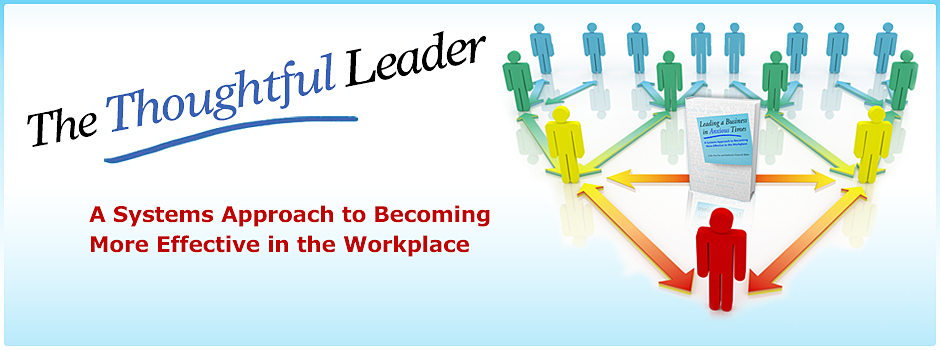Last night I went to see Woody Allen’s latest movie, Midnight in Paris. As usual with Woody Allen’s movies, I loved all the silly imaginative high jinx, as well as the gorgeous soft shots of Paris in the rain, but I realized when I got home that the movie was really about “differentiation of self”. The young American hero, Gil (with all his neurotic “Woodyisms”),figures out what he really wants to do with his life, where his creativity lies, and what isn’t working in his primary relationship. He decides to make enormous changes in the focus of his work, where he is going to live, and who he is going to be involved with. And then he steps up, and makes those changes.
In the movie we are treated to the many beautiful distractions of Gil’s visits back in time to Paris in the 1920s, as well as experiencing his painful conflicts with a spoiled fiancée and her parents. We don’t know anything about his family of origin, where his parents and possible siblings may be and what they might think of the way his life is changing. We don’t know about work commitments he may be walking away from, but in the end we do have a sense of his integrity in making the right next choices for himself.
What worked in the movie for me was its emotional realism. It reaffirmed for me how terribly hard it is to make really significant changes in our lives and how anxious we can be as we try heading in a new direction. Gil’s confusion and his muddling efforts to get along with everyone, to accommodate to the demands of his fiancée while still working hard to define himself, seemed very authentic to me. Differentiation is never easy, and most of us take at least one or two steps backward for every forward move we make in the direction of more mature behavior. None of us is probably quite as twitchy as Woody Allen’s anxious fictional characters, but deep down we are often not sure we are doing the “right” thing and can struggle in our own ways to clarify where we want to be going.
Did some of Gil’s uncertainties resonate for you in your work setting? How did the movie speak to you? Is your life going in a direction that works for you personally and professionally?
Katharine Gratwick Baker, PhD
